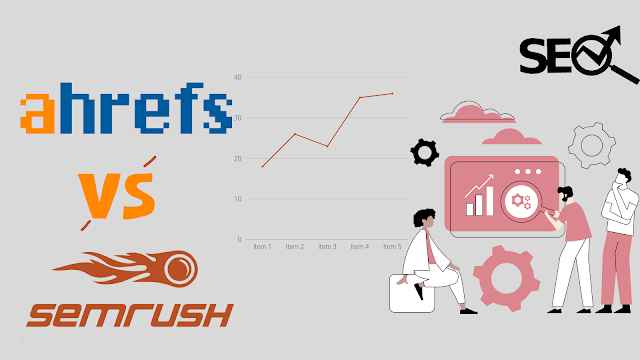
After completing your website design, you will want to protect your work from being used by others without your permission. One option is to register the copyright in your website design. Through copyright, you may be able to prevent others from reproducing your design elsewhere without permission.
Copyrighting your website design can help increase and retain the value of your business and the market potential it may have. You can only maintain the value of your copyright by enforcing your rights that come with ownership of copyright.
What is Copyright and What Does it Protect
In layman terms, copyright includes the right to copy and has come to refer to an exclusive right granted by law that includes the rights to produce or reproduce, publish, or perform a work.
Copyright protects original creative works, including website designs. Copyright does not protect ideas, procedures, principles, processes, systems, or discovery per se. While you may copyright the design of your website, you cannot protect how you went about designing your website. The fixed physical appearance of your design is what can be protected.
If you hired someone to create your website design, you will not necessarily own the copyright for the design. To ensure ownership, you will need to include assignment of the ownership of the work in your contract with the creator of the work. As well, any work you create as part of your job will generally not allow you ownership of the copyright in the work created.
When Does Copyright Protection Begin and End
Your website design is protected by copyright the moment it is created and fixed, including publishing your website.
Your copyright will last for the duration of your lifetime and, in Canada for instance, continue for a 50 year period starting at the year-end of the author’s death. If your website design was authored by yourself and one or more partners, the 50-year period will begin after the last partner has died.
Copyright Registration
As copyright is established automatically; registration of your copyright is not required. However, others may be unaware of your copyright claim to the design. It is useful to register your copyright to prevent use of your design without your permission.
Registering your copyright requires submitting an application including the title of the work, the category your work belongs to, the name of the author of the work, a declaration that as the applicant you are either the author of the work, the owner of the copyright, the assignee of the copyright, or someone granted an interest by way of license of the copyright, and the date and place of your work’s first publication, if applicable.
The Canadian Copyright Act, RSC 1985, c C-42, states that a certificate of registration of copyright is evidence that copyright exists and that the person registered is the owner of the copyright. However, your country’s Copyright Office is not responsible for policing or checking on registered works and if they have been infringed upon. This does not mean your ownership or work’s originality will never be examined.
A registered copyright will be recognized in other countries that have signed the Berne Convention if your country is also a party to the convention. The Berne Convention requires signing parties to recognize an author’s copyrighted work from another signing party’s country. The United States and Canada are both parties of the Berne Convention.
What Rights Does Copyright Provide
There are three kinds of right set out in the Copyright Act: economic rights, moral rights, and neighbouring rights.
Economic rights give a copyright owner the sole right to make reproductions of the work and to authorize someone else to do so. Moral rights protect the integrity of a work and the identification of its creator. Neighbouring rights protect the royalty rights of performers, broadcasters, and makers of sound recordings.
What You Can Do If Someone Infringes Your Copyright
You may find that someone has used all or most of your website design without your knowledge. By owning the copyright to your website, you have the right to send a cease and desist letter or to sue whoever infringes upon your copyright. You will need to prove that your copyright covers the website design that was used without permission and that you are the owner of the copyright of the website design, which can be facilitated by registering your copyright. You will need to also prove that your design, or elements of your design, was infringed.
Potential remedies of litigation could include damages based on an amount set by statue, damages based on the harm done to you or unlawfully gained by them, or an injunction, a court order stopping someone from continuing to infringe.
Author bio
Christopher Heer is the owner and founder of Heer Law. He is an intellectual property lawyer, registered patent agent, registered trademark agent, and is also certified as a specialist in intellectual property law (patent) by the Law Society of Ontario. He believes that intellectual property rights add tremendous value to businesses by enabling them to raise capital, build asset value, and grow faster under the protection that these exclusive rights give them.
Co-authored by: Sarah Halkyard






